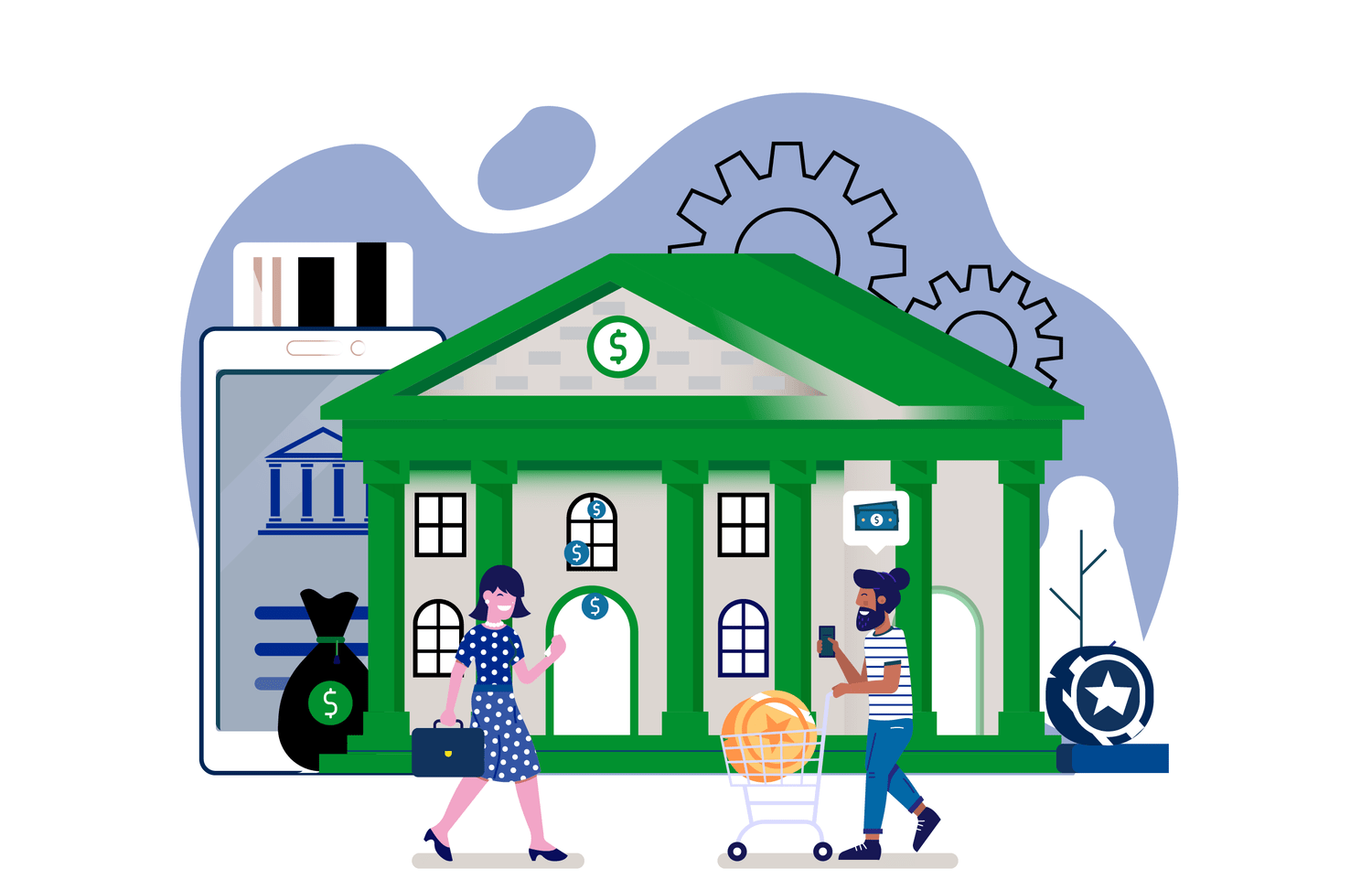74 Responses From Buyers In Just 120 Days Using Social Selling

The days of cold calling and blind emails are long past. In 2007, it required an average of 3.68 such contact attempts to reach a prospect. Today, that number has shot up to eight due to the proliferation of smartphones and spam filters. New techniques for sales lead generation are needed, and a recent exercise with a new client has shown that nothing works better than social selling.
Not long ago, we helped the CEO of a Silicon Valley startup who was looking for new ways of approaching prospects. Since 67% of a buyer’s trek through a buying cycle is now done digitally, our focus was on creating and building trustworthy relationships online on behalf of the client. Here is the story of how our approach allowed our client to get 74 responses from buyers in just 120 days.
Step 1: Building a Narrow Target List
It’s critical that you are targeting the right people, or efforts are wasted. Our first step was to gain a thorough understanding of the client’s products and services as well as who their buyers are. From this, we developed a list of 500 prospects from tools such as Crunchbase, Owler, Datafox, and Socedo.
Once we had this list, the prospects were segregated based on their online social activity. The approaches varied based on these groups:
- We focused on creating and developing relationships with those who were socially active (LinkedIn/Twitter).
- With those who were not socially active, but warm to a second degree connection (we have mutual connections), we asked for an introduction.
- With those who were neither socially active nor warmly connected, we sent emails (a combination of cold and personalized).

Step 2: Social Proof
The second step involved creating and building relationships with the first group. The client’s profile was enhanced with customer referrals, and we worked on making additional connections through the first group. Using LinkedIn’s blogging platform was another way to indirectly reach potential prospects and speak about the client’s services. This is an excellent way to handle common objections with a broad audience.

Step 3: Social Engagement
Social selling is most effective with the first group, those who are socially active. It was with this group that we began monitoring activity and engaging by commenting on and liking material that they’ve shared. Re-sharing a prospect’s post or tweet is also a great way to start to build a relationship and rapport. This is much more subtle than trying to sell directly to someone. It takes more of a time investment, but it works!
As members of the second group accept connection requests, the opportunity then opens up to start building a relationship there as well, albeit more slowly.

Results
Based on the categorization of the prospects for this client, the response rates for each group were assessed.

(The blue represents buyers who responded with a yes or a no and the red are people who did not respond at all.)
- The socially active AND mutually connected prospects showed a 63% response rate. Out of 40 buyers, we heard from 25.
- The socially active but not warmly connected prospects showed a 46% response rate. Out of 62 buyers, we had responses from 29.
- Mutually connected prospects who were not socially active showed a 39% response rate. 40 buyers on the list fell into this category, and we had responses from 16 of them.
- The lowest response rate was 1.4% with cold contacts. Out of a list of 325, we had 5 conversations.
Generating more leads is an ongoing issue for most companies. While many are using social media to try to generate prospects and sales, they are only using it as a one-way communication tool to push information. The potential is there for much more if social selling is done correctly, as we’ve proven with our client by generating 74 conversions in just 4 months.






